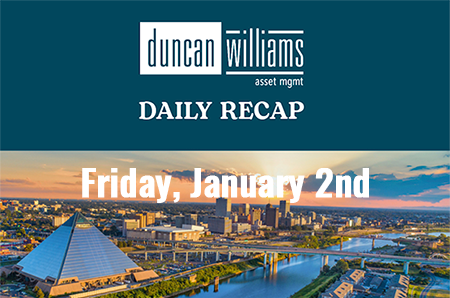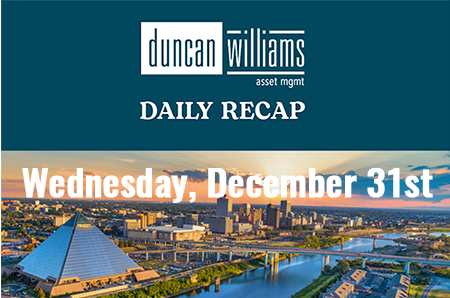
As we reach the midpoint of 2025, investors across the nation are reflecting on a year marked by volatility, shifting policy, and evolving opportunities. The first half of the year has presented challenges even to seasoned investors, but it has also underscored the importance of resilience, diversification, and a focus on long-term objectives.
National Investment Landscape: Navigating Volatility and Opportunity
The year began with optimism as equity markets climbed to new highs. However, the introduction of sweeping tariffs in April rattled markets, triggering a sharp correction and a spike in volatility. By mid-year, investor sentiment had stabilized, but uncertainty remains a defining feature of the landscape. According to leading global asset managers, inflation expectations have become less anchored, and fiscal discipline is fading, leading investors to demand greater compensation for risk.
Despite these challenges, the U.S. economy remains resilient. Growth is expected to slow from the robust pace of prior years, with forecasts suggesting real GDP growth will moderate to around 1.6% in 2025. The Federal Reserve is expected to cut short-term interest rates one or two times in the second half of the year, aiming to support economic activity amid policy uncertainty and higher tariffs.
Key Themes Shaping 2025
Tariffs and trade policy remain front and center, with elevated tariffs—now averaging around 15%—raising costs, dampening consumer sentiment, and weighing on business investment. This policy environment is expected to continue keeping markets volatile for the remainder of the year.
Inflation remains above target, prompting investors to seek assets with inflation protection. The Fed’s expected rate cuts may provide some relief, but higher prices and persistent uncertainty are likely to linger.
With U.S. equity valuations stretched and international markets showing signs of renewed growth, global diversification is increasingly essential. European and emerging market assets are drawing attention as investors look for opportunities beyond the U.S.
Industrial sectors are benefiting from the ongoing adoption of artificial intelligence and increased infrastructure investment, while the healthcare sector faces headwinds from policy changes. Commodities, gold, and infrastructure are also favored as hedges against inflation and uncertainty.
Real Estate and Housing Market Trends
Nationally, the housing market remains challenging for both buyers and sellers. Mortgage rates remain elevated, and home prices continue to rise, albeit at a slower pace than in 2022. The median sale price for an existing home in the U.S. reached $414,000 in April 2025, and experts expect home-price appreciation to slow to around 2% for the year. Inventory has grown but remains below what’s needed for a balanced market, keeping competition high in many areas.
While some regions may see prices flatten or even decline, most markets are expected to remain competitive, with affordability challenges persisting. Builders are offering more incentives, and new construction is helping to ease supply constraints in select areas, but the overall environment remains tough for buyers.
Questions for Your Mid-Year Review
• Is your portfolio diversified to manage ongoing volatility and policy shifts?
• Are you exploring opportunities in both domestic and international markets?
• Have you revisited your risk tolerance and long-term goals in light of recent changes?
• Are you considering inflation protection and sector rotation in your investment strategy?
Disclosure
This communication is provided for informational purposes only and does not constitute investment advice, an offer, or a solicitation to buy or sell any security or investment product. All investments involve risk, including the potential loss of principal. Past performance is not indicative of future results. Investors are encouraged to consult with a qualified financial advisor and review official SEC filings and disclosures before making any investment decisions. The author and publisher are not affiliated with the U.S. Securities and Exchange Commission (SEC) or any investment firm mentioned. No part of this communication should be construed as legal or regulatory advice.
References:
- BlackRock 2025 Midyear Investment Outlook: https://www.blackrock.com/us/individual/insights/blackrock-investment-institute/outlook
- J.P. Morgan Asset Management 2025 Mid-Year Investment Outlook: https://am.jpmorgan.com/gb/en/asset-management/per/insights/market-insights/investment-outlook/
- Invesco 2025 Midyear Investment Outlook: https://www.invesco.com/us/en/insights/2025-mid-year-investment-outlook.html
- PineBridge Investments 2025 Midyear Investment Outlook: https://www.pinebridge.com/en/2025-midyear-investment-outlook
- Amundi Research Center 2025 Mid-Year Outlook: https://research-center.amundi.com/article/2025-mid-year-outlook
- Schwab Market Perspective: 2025 Mid-Year Outlook: https://www.schwab.com/learn/story/stock-market-outlook
- Bankrate Housing Market Predictions for 2025: https://www.bankrate.com/real-estate/housing-market-2025/
- Forbes Housing Market Predictions for 2025: https://www.forbes.com/advisor/mortgages/real-estate/housing-market-predictions/
- Zillow United States Housing Market: https://www.zillow.com/home-values/102001/united-states/












